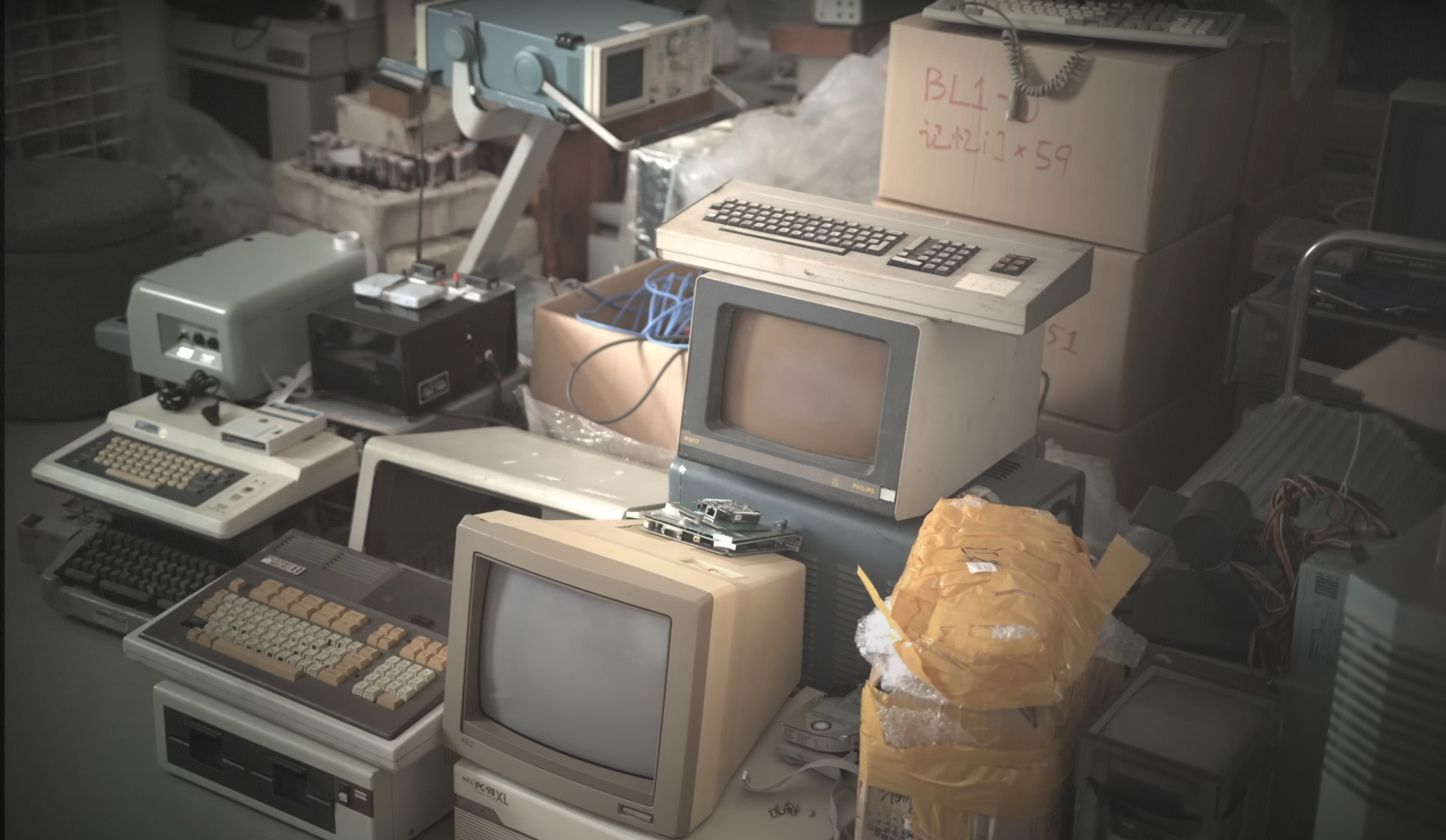I'm quite sure a part of my last job loss was due to my open refusal to use AI, which extended to my criticism of the use of AI-generated code being added to a codebase I was expected to manage and maintain. Being careful is seen as friction now, careful is translated as slow, no matter how much time is spent fixing things broken by shitty generated code, fixing is seen as productivity more than careful production is.
My new video about the anti-design of the tech industry where I talk about this little passage from an ACM article that set me off when I found it a few years back.
In short, before software started eating all the stuff "design" meant something. It described a process of finding the best way to satisfy a purpose. It was a response to the purpose.
The tech industry takes computation as being an immutable means and finds purposes it may satisfy. The purpose is a response to the tech.
p.s. sorry to spam. :)
vid: https://www.youtube.com/watch?v=ollyMSWSWOY pod: https://pnc.st/s/faster-and-worse/8ffce464/tech-as-anti-design
threads bsky: https://bsky.app/profile/fasterandworse.com/post/3ltwles4hkk2t masto: https://hci.social/@fasterandworse/114852024025529148
"businesses and employees"
the business pays for it, the employees "use" it.
the business measures the value by how many employees they can remove.
if the business is measuring "productivity", how are they doing that? Is it jira tickets? Is it timesheets? are they measuring quality? Is it starting to seem like you're trying to pick up water with your fingers?
if you pretend that ai ceos are actually doing marketing the trajectory is right there staring you in the face
new rant from me about how boosters asking critics to admit that AI is "useful" is not the win they think it is vid: https://www.youtube.com/watch?v=bRcBCji6XvE audio: https://pnc.st/s/faster-and-worse/94cb1cda/useful-is-nothing
here's my beat for beat commentary on the WWDC25 event icyi. https://bsky.app/profile/fasterandworse.com/post/3lr6tm62rpc2h
David pulled it all together perfectly here. It's amazing how well it fits the hook model, whether they intended it or not
very much agree with this
Great piece by Jacob Silverman about the growing shittyness of the day-to-day internet experience
Can we find a way back to an internet that puts people in lucid conversation with one another, where books are published after they are written, where anger and insanity aren’t the dominant modes of thought and the defining editorial values are more meaningful than a chumbox of clickbait nonsense? I’m not sure.
ICYI I posted a new vid/pod this week and an accompanying thread about: Everything Is Work Now — Tech products have a work/life balance problem
Here's my audio/video dispatch about framing tech through conservation of energy to kill the magical thinking of generative ai and the like podcast ep: https://pnc.st/s/faster-and-worse/968a91dd/kill-magic-thinking video ep: https://www.youtube.com/watch?v=NLHmtYWzHz8

Microsoft launches ‘vibe working’ in Excel and Word